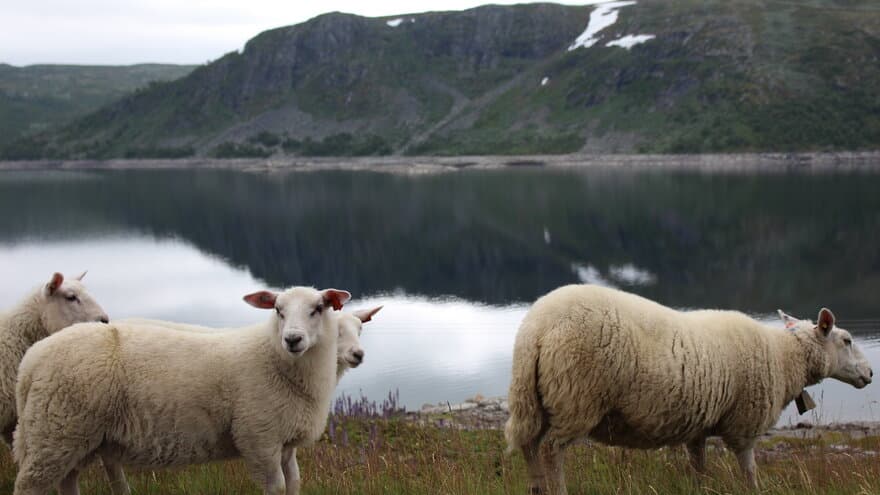The doctoral work of Maryam Teimouri developed clustering methods solely on spatiotemporal recordings of animal movement to distinguish inactive periods versus active periods, and foraging versus walking versus resting behavior. Her doctoral thesis investigated positing errors of the measurement units and assessed the requirement for temporal sampling frequency for tracking data.
Massive repositories of movement data require developing new data analysis methods in order to transform data to meaningful information and insight for the application in question. Given tracking datasets with different temporal sampling frequencies of sheep in Norwegian pastures during summer grazing seasons, I was able to develop methods for detecting different animal movement behaviors. In Norwegian rangelands, sheep are not usually inspected regularly. In the case of disease and injury, they may be undiagnosed for a long period. Relying upon real-time monitoring and classification of animal movement behavior, we can detect deviations from normal behavior early and offer treatment on time to prevent more pain to the animal or even animal loss. The long-term objective of this work is to gain insight into spatiotemporal movement patterns of animals in their habitat. This can form the basis for developing sustainable sheep farming practices.
Additionally in this research work, the impact of temporal sampling frequency on movement parameter estimation was assessed. I developed a method for designing a field experiment with appropriate temporal sampling frequency which provides sufficient information about the animal movement in question while respecting animal welfare.
Although I developed generic methods based on sequences of location and time coordinates for animal movement paths, this does not mean that the applicability of my methods is tied to sheep and animal movement analysis. My analysis methods can contribute to knowledge discovery from movement data and GIScience’s analysis capacity for transforming data into insights.
